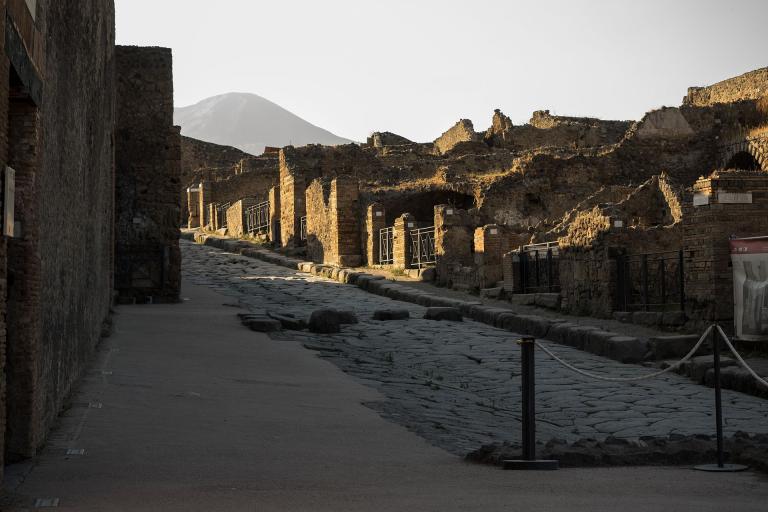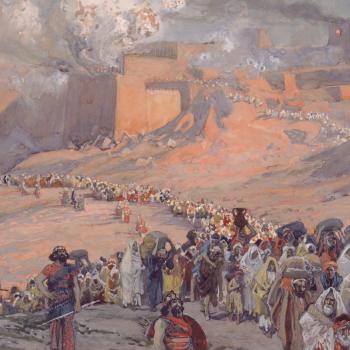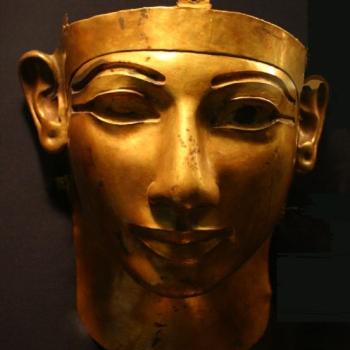
(Wikimedia Commons public domain)
Here’s some news from the world of the past:
“Mysterious 4,000-year-old lost city discovered”
Please note, by the way, that — in the article above — archaeologists have found the city but they don’t know its name.
“Temple Palace of Ramesses II Unearthed in Abydos”
“Etruscan Tomb Unearthed in Corsica”
“Monument Offers Clues to Size of Cleopatra’s Unwieldy Ships”
“Another Possible Viking Ship Burial Found in Norway”
I call special attention to this remarkable piece about how even one of the greatest of the great cities and temple complexes of antiquity — located in a country with a continuous and quite well known history that has been subjected to archaeological attention virtually unrivaled in its intensity — can essentially disappear:
One quibble, though: “Beginning in the late Roman period,” says the article, “nearly all of its limestone architecture was carted away to build Cairo, leaving little to see above the surface.” Well, not quite. The city of Cairo is a new one, by Middle Eastern standards. It was founded only in the late tenth century AD, when the Romans were long gone and the Roman Empire hundreds of years dead. So no limestone was carted off to build Cairo during the late Roman period. But there have been cities in the general area for a very long time, including not only Heliopolis but the Old Kingdom pharaonic capital of Memphis (originally known as Inbu-Hedj and then, during the New Kingdom, as Men-nefer, which became the Coptic Menfi and the Greek Μέμφις) and the much later Arab-Islamic military base that became the city of Fustat (al-Fusţāţ). Undoubtedly, Heliopolitan building materials were harvested (stolen) to expand and beautify local cities. But, to repeat, no stones of Heliopolis were harmed during any Roman-period construction of Cairo.
***
Folks, you just can’t make this stuff up:
It strains credulity, I realize, but today is not only my Malevolent Stalker’s birthday but the birthday of his less clever wannabe, Mini-Stalker. That they not only share obsessions, aspirations, and malignant personalities but birthdays might be dismissed as an odd coincidence. But perhaps it’s more than that. (Significantly, at least one astrological site describes 1 April 2019 as a “peaceful day for scorpions.”)
In any event and despite our differences, to borrow language that their small coven of followers might itself employ, I’m directing happy thoughts in their direction on this, their special day.












